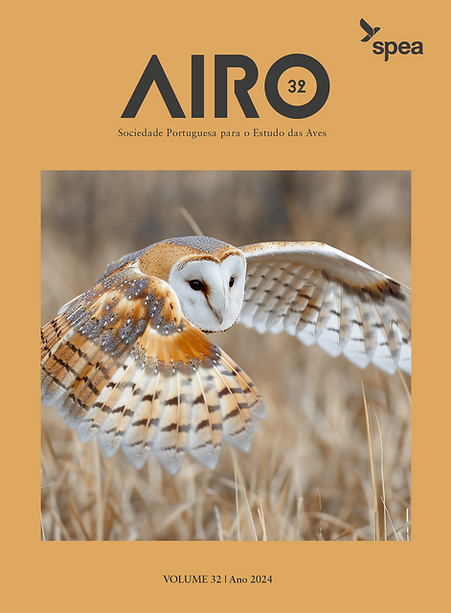First national census reveals the state of Portugal’s Barn Owl population
The Barn Owl (Tyto alba), a species typical of agricultural areas, has lost almost 50 per cent of its range in mainland Portugal in the last decade. To better understand the current state of its population and monitor the long-term trend, the First National Census of the Barn Owl Breeding Population was carried out.
This census was carried out on two levels: a systematic method with listening points organised and carried out by 24 regional coordinators and 268 volunteers, which resulted in 1,131 listening points and 340 detections (30% detection frequency); and a non-systematic method, open to the public, which included spontaneous listening points and an online survey. In total, 405 observations of the species were recorded, including in the Autonomous Region of Madeira.
The analysis of the data, combined with information from PortugalAves/eBird, indicates the presence of the Barn Owl in 399 10×10 km squares on the mainland and 11 in Madeira. The current population estimate varies between 800 and 5,000 breeding pairs. This data represents an important baseline for monitoring the species in future editions of the census, which is fundamental for guaranteeing its conservation.
For more information on the census and its results, see the scientific article available at https://www.airo-spea.com/.
The National Barn Owl Census was organised by the Working Group on Nocturnal Birds of the Portuguese Society for the Study of Birds (GTAN-SPEA) and the Ornithology Laboratory of the MED, University of Évora. The involvement of citizens took place within the framework of the projects ‘Citizen Science: involving volunteers in monitoring bird populations’ and ‘Science for all: sustainability and inclusion (SCIEVER)’ (HORIZON-MSCA-2022-CITIZENS-01-01).
